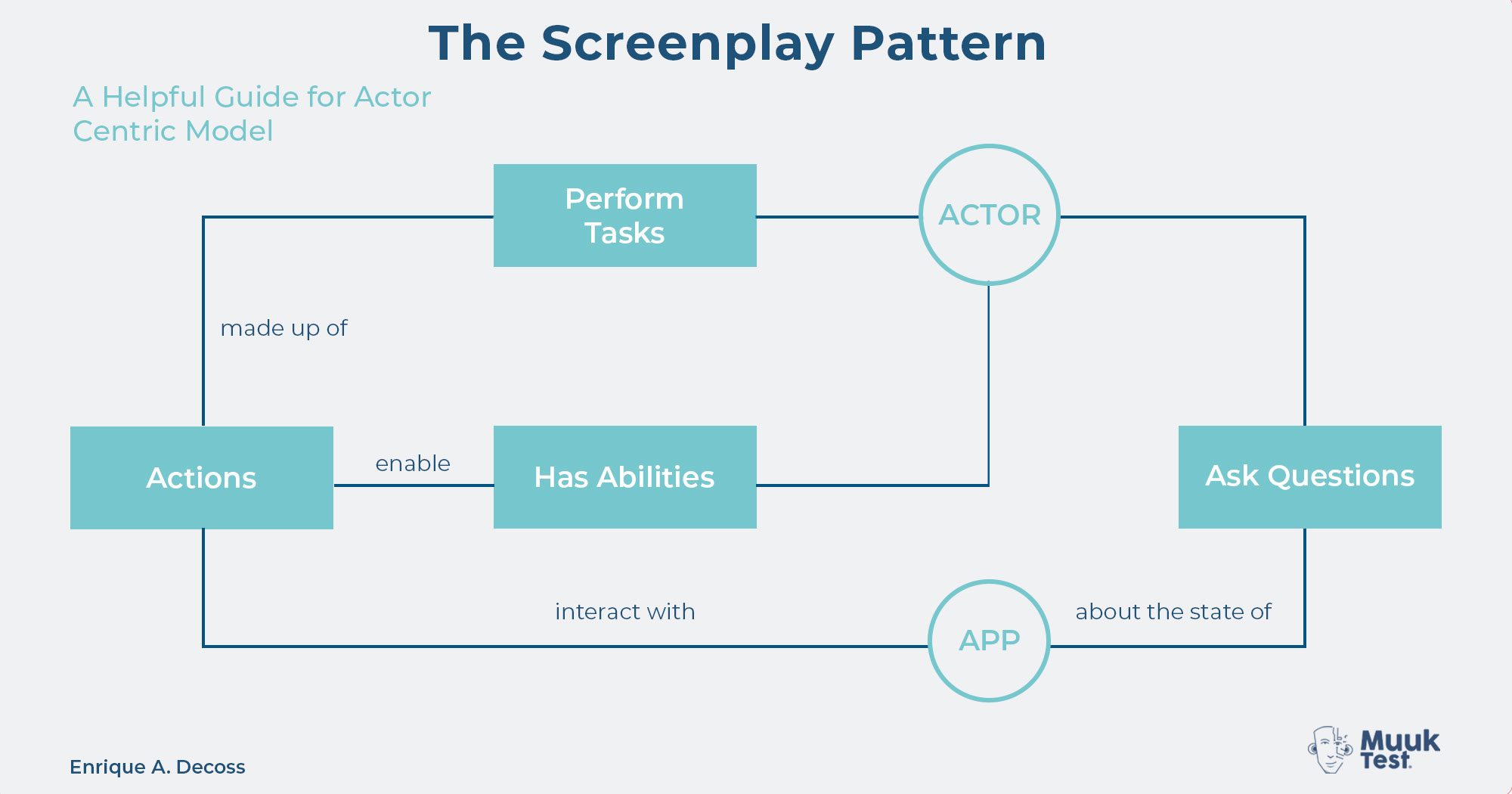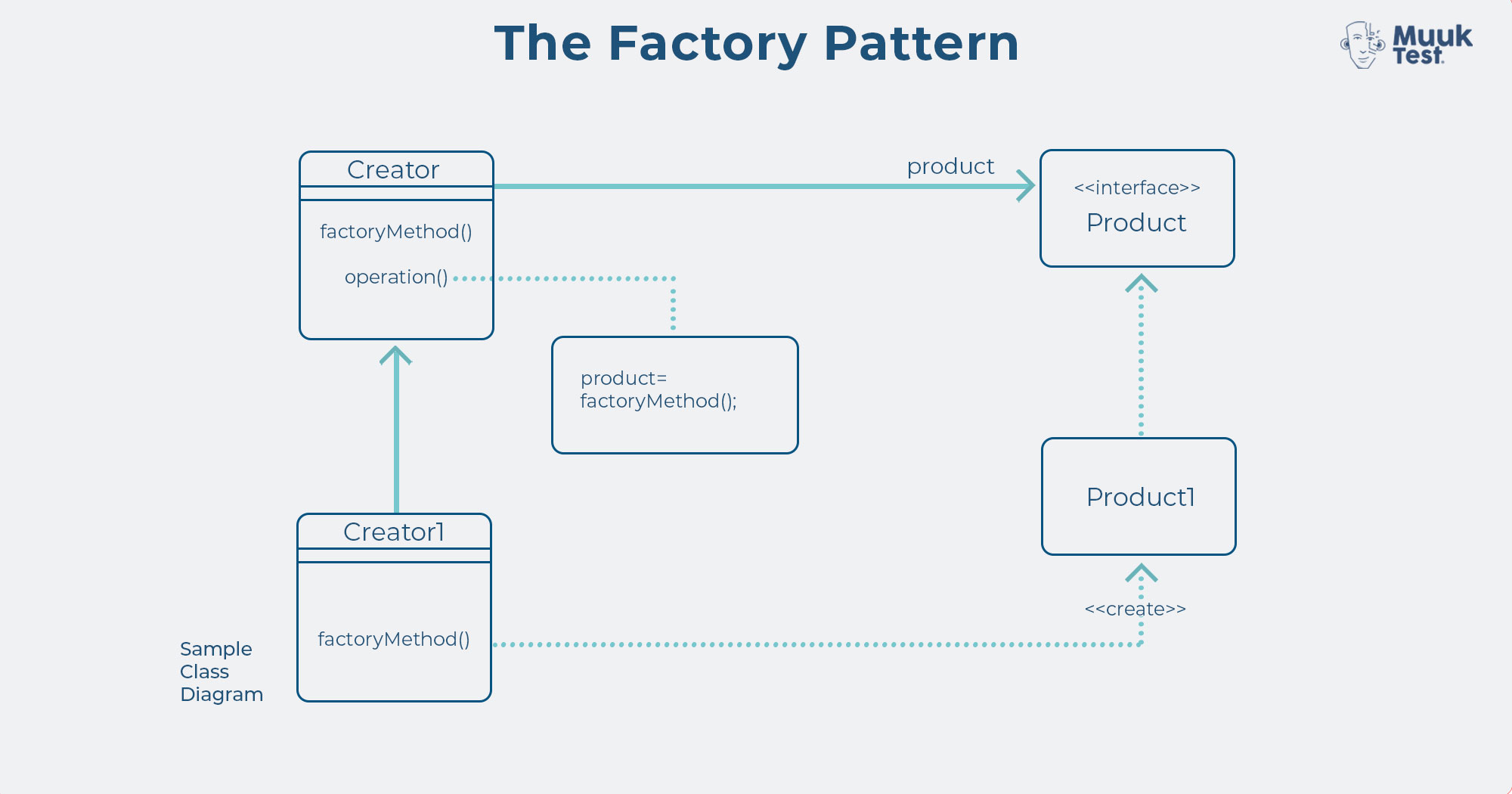Tired of tangled test automation code? It's a common struggle. We want better coverage and faster execution, but sometimes our codebase becomes a maintenance nightmare. This is where test automation design patterns come in. They offer elegant solutions to common coding challenges, leading to cleaner, more maintainable, and reusable test scripts. Let's explore some key test automation design patterns and how they can transform your automated tests. We'll cover practical examples and show how these patterns improve your workflow, regardless of your testing framework.
Let’s look at SOLID: a mnemonic acronym for five design principles. The goal of those principles is to help us write more understandable, flexible, and maintainable software. SOLID stands for:
SRP – Single Responsibility Principle
The principle states, “Every software module should have only one reason to change,” which means that every class, and method, among others, can do many things, but they should serve a single purpose.
OCP – Open/Closed Principle
The principle states that “software entities (classes, modules, functions, etc.) should be open for extension but closed for modification.” If new requirements are written for the already implemented functionality, these can be added without changing the whole structure of the existing code that has already been unit tested.
LSP – Liskov Substitution Principle
The principle states that “you should be able to use any derived class instead of a parent class and have it behave similarly without modification.” In simple words, the child class should not modify or change how the base class behaves. The central point is that the child classes can be used as if they are their parent themselves, but unexpected issues will occur if you change behavior in a child class.
ISP – Interface Segregation Principle
The principle mentions that “clients should not be forced to implement interfaces they don’t use. Instead of one large interface, many little interfaces are preferred based on groups of methods, each one serving one sub-module.” Again, each interface should provide methods that serve a single purpose (SRP principles).
DIP – Dependency Inversion Principle
The principle states that “high-level classes should not depend on low-level classes.” It is because the high-level classes usually contain business logic. On the other hand, the low-level ones consist of actions such as CRUD DB operations, reading files, or calling web APIs.
Key Takeaways
- Well-structured automation frameworks rely on SOLID principles: Applying these principles results in more adaptable and easier-to-maintain test automation solutions.
- Design patterns provide established solutions for common automation obstacles: Understanding patterns like Observer, Screenplay, and Factory helps create more efficient and robust test code.
- Select patterns strategically based on project needs: Evaluate the trade-offs between maintainability, reusability, and readability to choose the most effective pattern for your specific project.
Understanding Test Design Patterns
Let’s start by defining the term; a design pattern is a prescribed solution to everyday software challenges. It doesn’t consist of code or any specified algorithm, but instead, it describes how to group your logic smartly, reuse it, or make it easier to maintain. Thus, it is a template for solving design problems, which we can use while creating our software solutions.
For example, imagine some design problems in your test automation. How much time do you need to figure out where the problem is? Is it an automation bug or an issue in the system under test? The better the maintainability, the easier it is for us to support our existing code, accommodate new requirements, or fix bugs in our test scripts.
If you are working on a test automation project or implementing a test automation framework from scratch, your first option is the Page Object pattern (POM). Still, the POM is not always the most suitable option for your current project.
The main idea behind this article is to know better about other patterns and how we can adapt to our current test automation projects. We need to determine which model suits our everyday necessities and solves our design problems.
Observer Design Pattern
The Observer pattern is often considered part of the Model-View-Controller framework. It can reduce the number of tests required when implementing test automation. The Observer design pattern establishes a one-to-many dependency between objects so that when one object changes its state, all dependents will notify and update automatically.
In addition, this pattern will provide an easy way for test automation engineers to add extra logic to the current test execution via test-level characteristics. For example, start and reuse the browser if the previous test is working and there are no failures.
In the Observer design pattern, the subject is the object that includes the state and controls it. So, there is one subject with a state. On the other hand, the observers use the state condition, even though they don’t own it. Many observers rely on the subject to inform them when its state transitions. So, there is a relationship connecting the one subject and the many observers.
If the Observer pattern is used, you can decide to have one automated test to verify that one of the views gets updated. It will confirm the notification that the Observer pattern is working and ensure the view is updated correctly. If every view is listening to the model, all other views will automatically get updated if one view gets updated. To ensure each view listens to the model, you can add a test to confirm all views are listed in the Observer Class.
SOLID Principles and Their Relationship to Design Patterns
Before diving into specific design patterns, it's essential to grasp the SOLID principles of object-oriented design. These principles form the foundation for creating well-structured and maintainable software, including test automation frameworks. They guide us toward creating flexible, reusable, and testable code. When applied correctly, SOLID principles naturally lead to the implementation of effective design patterns.
SRP – Single Responsibility Principle
The Single Responsibility Principle states that every module, class, or method should have only one reason to change. This means each component should have a single, well-defined purpose. In test automation, this could mean separating test data from test logic or creating specific classes for different types of UI interactions. For example, instead of one large class handling all web element interactions, you could have separate classes for button interactions, dropdown interactions, etc. This improves code clarity and makes it easier to isolate and fix issues.
OCP – Open/Closed Principle
The Open/Closed Principle dictates that software entities should be open for extension but closed for modification. This means you should be able to add new functionality without altering existing, tested code. In test automation, this can be achieved by using interfaces or abstract classes. For instance, if you need to support a new browser, you should be able to add support without modifying the core test logic. This principle promotes code stability and reduces the risk of introducing regressions.
LSP – Liskov Substitution Principle
The Liskov Substitution Principle states that you should be able to use any derived class in place of its parent class without altering the correctness of the program. This ensures that subclasses maintain the expected behavior of their parent classes. In test automation, this can be applied when creating test suites for different environments. For example, a test suite designed for a staging environment should also work seamlessly in a production environment without requiring modifications. This promotes code reusability and reduces the need for environment-specific test code. More information on this principle can be found on BlazeMeter's blog.
ISP – Interface Segregation Principle
The Interface Segregation Principle suggests that clients should not be forced to depend on interfaces they don't use. It's better to have smaller, more specific interfaces than one large, general interface. In test automation, this can be applied when designing test data providers. Instead of one large interface providing all types of test data, you could have separate interfaces for different data sets. This improves code flexibility and reduces unnecessary dependencies. Kobiton offers a good explanation of this principle in the context of mobile testing.
DIP – Dependency Inversion Principle
The Dependency Inversion Principle states that high-level modules should not depend on low-level modules. Both should depend on abstractions. Abstractions should not depend on details. Details should depend on abstractions. In test automation, this can be applied when interacting with external services. Instead of directly calling external APIs, you should use interfaces or abstract classes to represent these interactions. This allows you to easily switch between different implementations (e.g., mocking the API for testing) without modifying the core test logic. This promotes loose coupling and improves testability. HeadSpin provides further insights into this principle and its application in test automation.
Types of Design Patterns
Design patterns are typically categorized into three main types: creational, structural, and behavioral. Understanding these categories helps in selecting the appropriate pattern for a given scenario. You can learn more about these from sources like PractiTest.
Creational Patterns
Creational patterns deal with object creation mechanisms, striving to create objects in a manner suitable to the situation. They abstract the instantiation process, making the system independent of how its objects are created, composed, and represented. This increases flexibility in what gets created, who creates it, how, and when.
Screenplay Pattern
The Screenplay Pattern is based on software engineering principles like the Single Responsibility Principle and the Open-Closed Principle. However, it prefers composition over inheritance and employs logic from Domain Driven Design to reflect the domain of performing tests, steering you toward the effective use of layers of abstraction.
In the Screenplay pattern, tests describe how a user interacts with the application to accomplish a goal. A user interacting with the system is called an “Actor.” Actors are the central part of the Screenplay pattern. Although, as a Screenplay, the actors have one or more “Abilities,” such as the ability to browse the web or query a web service, the actors can also perform “Tasks,” such as adding an item or removing items.
To interact with the application, such as entering values into the fields or clicking on buttons, the actors need to interact with the applications; these interactions are “Actions.” Actors ask “Questions” about the state of the system, e.g., reading the value of a field on the screen or querying a web service; this is the way to test using the Screenplay pattern.
Factory Design Pattern
The factory design pattern states that we need to have a superclass with many subclasses, and based on some input, we need to return a particular subclass. A factory method pattern is a creational pattern used for encapsulating the instantiation of concrete types, avoiding tight coupling between the creator and concrete products. As a result, engineers do not need to modify any code to extend the codebase.
The Factory design pattern could be beneficial when designing the test scripts. It will hide the logic of initializing an object inside the factory (Browser initialization) and refer to the object using a standard interface instead of the concrete class (Avoid unnecessary driver instances).
Final Thoughts
We mentioned just a few software patterns, but there are more. Therefore, my recommendation for a continuous learner is to read the book “Design Patterns: Elements of Reusable Object-Oriented Software, written by Erich Gamma, Richard Helm, Ralph Johnson, and John Vlissides. The book describes 23 classic software design patterns to use in implementing test automation.
Lastly, there is no perfect solution, so there are no ideal test automation design patterns to use in all possible scenarios; we need to change and adapt depending on our test automation project. Some improvements will come from maintainability and reusability, but we will lose readability and understandability. So please decide wisely and combine them if necessary.
Happy Bug Hunting!
Related Articles
Frequently Asked Questions
Why is understanding software design principles important for test automation? Well-designed test automation frameworks are crucial for efficient and maintainable testing. Understanding principles like SOLID helps you create a framework that is easier to understand, modify, and extend, ultimately saving time and resources in the long run. It leads to more robust and adaptable automated tests.
How do design patterns differ from software design principles? Design principles, like SOLID, are high-level guidelines for writing good code. They don't provide concrete solutions but rather a set of best practices. Design patterns, on the other hand, offer specific, reusable solutions to common software design problems. They are templates or blueprints that you can adapt to your specific needs. Think of principles as the "why" and patterns as the "how."
Which design pattern is right for my test automation project? The best design pattern depends on your project's specific requirements. While the Page Object Model (POM) is popular, others like the Observer, Screenplay, or Factory patterns might be more suitable depending on your needs. Consider factors like the complexity of your application, the size of your team, and your long-term maintenance goals. This blog post provides a starting point for exploring different patterns and their benefits.
How can I learn more about design patterns for test automation? This blog post covers a few key patterns, but many more exist. A great resource for further learning is the book "Design Patterns: Elements of Reusable Object-Oriented Software." It's a classic text that explores 23 common design patterns and how they can be applied in various software development contexts, including testing. Online resources and communities dedicated to software testing can also provide valuable insights.
Is there a single "best" design pattern for all test automation projects? No, there isn't a one-size-fits-all solution. Each pattern has its strengths and weaknesses. The ideal choice depends on your project's context. Sometimes, a combination of patterns might be the most effective approach. The key is to understand the principles behind each pattern and how they can address your specific challenges. Prioritize maintainability, reusability, and readability when making your decision.




%20(1).png?width=150&height=69&name=MuukTest-logo---light-background%20(3)%20(1).png)



